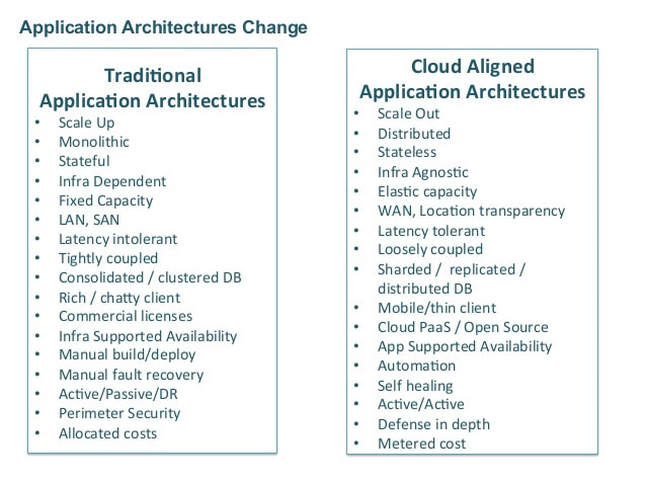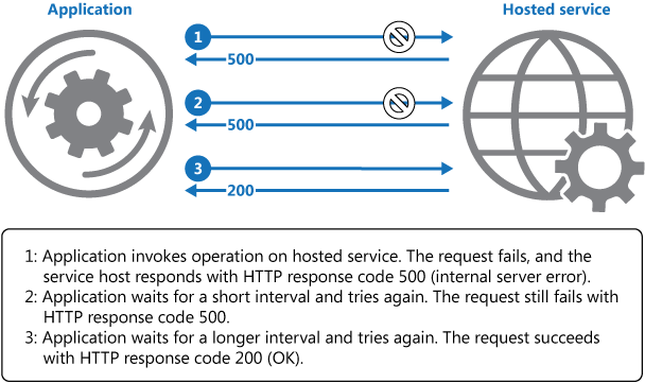Menu
The most common cloud migration mistakes |
|
You can tell yourself a thousand times, "The cloud is different." Yet you're still looking at the features people need in their applications the way you did when the features were in apps running in-house. Don't create a cloud duplicate of your local systems. Start the migration process by asking users what functions they need. Then find the best cloud tools for integrating and managing those operations.
The same mistake is being repeated thousands of times at companies large and small. A typical scenario was described by Computerworld's Sharon Gaudin in an April 17, 2017, article on cloud migration mistakes: An unnamed firm switched from Novell's GroupWise to Google's G Suite only to find users struggling. The company discovered that calendar features people relied on when using GroupWise had no comparable function in G Suite. Gaudin quotes a senior IT manager for King County, Washington, who is two years into a cloud-migration program involving hundreds of individual apps: "How you run your business in the cloud is different than how you run it [on premises]... There are changes in how you do your work, the skills that are needed, the process."  Before deciding which applications to migrate, and how extensively to adapt them to cloud environments, consider the many inherent differences between on-premises and cloud architectures. Source: David S. Linthicum, via SlideShare Before deciding which applications to migrate, and how extensively to adapt them to cloud environments, consider the many inherent differences between on-premises and cloud architectures. Source: David S. Linthicum, via SlideShare
The King County network runs 1,600 apps in house and connects 13,000 employees at 220 separate sites. Since 2015 the county has moved 30 apps to AWS and Microsoft Azure; it plans to migrate 120 more apps to the cloud in 2017. The first year of the project was spent preparing, learning, and making mistakes, according to county IT officials. However, they see the cloud as a "good value proposition" because of universal data accessibility, and lower hardware and power costs.
Start slow, keep it simple, be ready to learn Cloud-migration veterans warn companies that are just starting the process to think small. Identify the apps that are ready to be replaced and that don't contain sensitive data to minimize the risk of inadvertent compliance violations. Look for apps with spiky workloads to take advantage of the cloud's scalability. An example of how easy it is to overlook an important component of the app-migration process is King County's cloud-based backup application. The county thoroughly tested the cloud app's ability to back up the agency's data, but they neglected to test its ability to restore a backup after a failure. When it came time to restore a backup, they found it took longer than three hours for the system to retrieve the data before they could begin the restoration process. With the in-house backup system, restorations began immediately. Many companies fail to convince business managers of the value of cloud-based applications. They mistakenly assume the cloud's advantages in speed, efficiency, and flexibility are evident to line managers and employees. It's important to stress the business value of individual cloud apps from the beginning of the migration process. Failures can't be avoided, but they can be planned for What you can't prevent you can at least prepare for. Before you move any application to the cloud, consider what will happen when the app becomes unavailable, for whatever reason. In a March 24, 2017, article by Fortune's Barb Darrow, Vishwas Lele of consulting firm Applied Information Sciences recommends building a "reliability bubble" around critical apps you host in the cloud. For each application, create a checklist of all possible failure points considering every potential scenario. Then consider the best way to mitigate each glitch the app could encounter. Lele recommends adding "retry logic" to the app so it will attempt to auto-correct small errors to prevent them from becoming major outages. This is analogous to restarting a stalled PC before you call the help desk. The app will be programmed to wait a few seconds and retry when it hits a snag rather than stopping immediately.  To overcome common transient failures, set the period between retries as evenly as possible among applications to avoid perpetuating a service overload. Source: Microsoft To overcome common transient failures, set the period between retries as evenly as possible among applications to avoid perpetuating a service overload. Source: Microsoft
A key difference between cloud apps and those you host in-house is the heightened awareness cloud-based systems must have about the environment they're running in. A common mistake companies make when first implementing cloud services is to assume the systems are more resilient than they actually are, according to Tim Crawford, an analyst for IT consultancy AVOA.
Don't fall for any of these five common migration misconceptions They say you can always spot the pioneers: They're the ones with the arrows in their backs. The cloud pioneers are worth heeding when you're embarking on an application migration project. One such early cloud adopter goes by the name of "Joe the IT Guy." In a May 10, 2017, post, Joe presents the five things IT service managers are most likely to get wrong about cloud migration:
|
